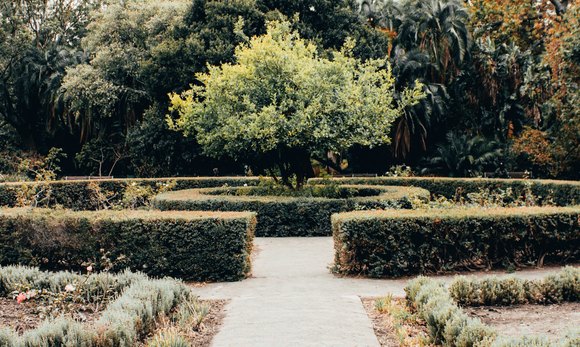
Vauxhall Pleasure Gardens
The C18th saw the arrival of commercialised leisure. With the growth of the urban middle class and their disposable income, and new ideas about how people should interact, it was a time of widespread commercial entertainment and London was at the centre of it all.
The Coming of Pleasure Gardens.
A significant development in C18th leisure was the Pleasure Garden. This was an outdoor space dedicated solely to entertainment, which you could enter with the purchase of a ticket. In London, the gardens of Vauxhall, and Ranelagh were the biggest and most spectacular. But there were other, smaller gardens at Sadler’s Wells, Marylebone and Hampstead, all of which were on the outskirts of London at that time.
The Attractions of the Pleasure Gardens.
They were laid out as formal gardens and contained buildings for performances and for dining. They displayed the latest in art and architecture. Ranelagh included a Chinese pavilion, and Vauxhall displayed artwork by Hogarth and Hayman which made it the first public art gallery in Britain. There was music, dancing, eating and drinking, fireworks, operas, masquerades and illuminations. At Vauxhall, you could hear the work of Handel, the de facto composer-in-residence. The Pleasure Gardens were designed for London’s wealthy, aristocrats, merchants, and professional families of the time. They were the best places to see, and be seen by the world in the 1730s and 40s.
Vauxhall Pleasure Gardens.
The first of the Pleasure Gardens, Vauxhall, was established in 1729 by Jonathan Tyers. The site had been a location to meet and buy refreshments since the 1660s. Tyers thought that charging an admission fee to the gardens of one shilling would eliminate potential problems caused by pickpockets and prostitutes. A shilling was a great deal of money for the working population of London who would theoretically be excluded by the cost of admission.
The Seedy Side of Things.
Despite Tyers’ efforts to keep the poor of the city outside, Vauxhall developed a salubrious reputation. Its woodlands and alleyways were perfect for a discrete rendezvous. Well-dressed prostitutes became associated with the gardens, and London print shops sold images of alluring ladies in revealing clothing, sometimes even clutching a glass dildo which was a popular item at the time. In fact, the idea of the London pleasure garden as dangerous and debauched was frequently employed as a backdrop for novels, songs and prints. In fact, the characters of many C18th and early C19th novels end up worse for wear in a London pleasure garden at some point.
The End of an Era.
The London pleasure garden was a product of its age, and no modern equivalent exists. They were places where the world of riches, fashion and high culture exposed its seedy side. Princes dallied with prostitutes, and the middle classes went to expose themselves to these excesses. The pleasure gardens contained art galleries, restaurants, brothels, and concert halls. They were places where Londoners could experience the best, and the worst, of their times. When Vauxhall Pleasure Gardens closed in 1859, it was the end of an era.
Sydney Unleashed is one of Australia’s premier entertainment publications exploring the latest in lifestyle trends. From Sydney’s finest restaurants, cafes and bars to the hottest in gadgets, products, and home entertainment, Sydney Unleashed is your one-stop lifestyle platform.
